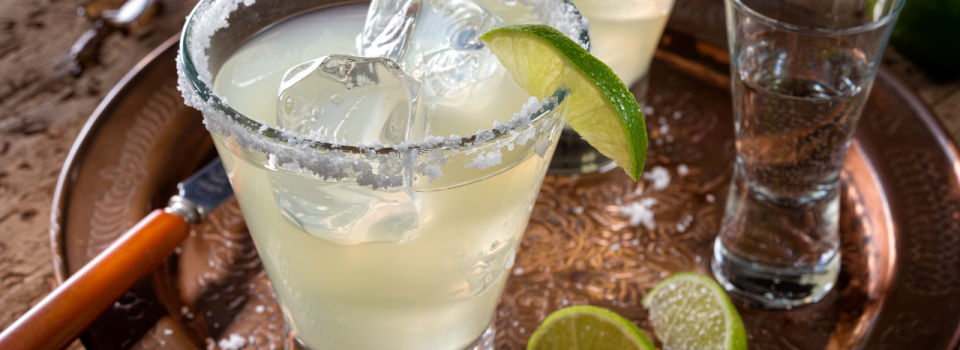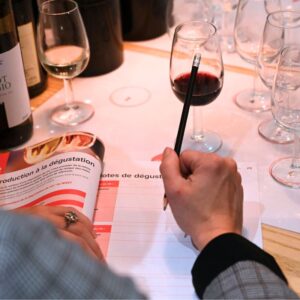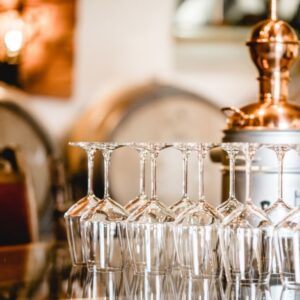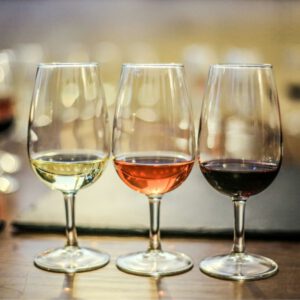Once reserved for hotel lounges and glamorous soirées, cocktails have now taken over the world — from trendy bars and rooftop terraces to intimate dinner parties and even home kitchens.
Cocktail culture is booming, and mixology has emerged as one of the most creative culinary arts of our time.
You’ve probably noticed it: menus are expanding, ingredients are becoming more sustainable, techniques are increasingly precise, and bartenders are true craftsmen of flavour.
In this article, we explore the essentials of mixology — from foundational techniques and 2025 cocktail trends, to the most inspiring bars in France and beyond, and a few cocktail ideas you can easily recreate at home.
Our goal is to give you the keys to understand and appreciate this fascinating world — whether you’re a curious enthusiast or a professional in the making.
At Weeno, we share this expertise through our WSET Spirits courses (Levels 1 to 3) available in Paris, Marseille, and online — as well as our professional English courses for the spirits industry (CLOE and LTE certifications, CPF eligible).
Our mission: to help you master spirits and elevate your cocktail craft (also with our workshops and masterclasses).
Ready to shake like a pro? Let’s begin.
1. What is mixology?
Mixology is both the art and science of creating cocktails.
It combines a deep understanding of spirits, flavours, and preparation techniques with a creative dimension that turns each drink into a true sensory experience.
Far from the traditional image of a bartender simply following recipes, the modern mixologist is an artisan of flavour.
Their role is to imagine, balance, and showcase cocktails that tell a story — of a place, an era, or a personality.
A great cocktail always relies on three essential pillars:
1. Aromatic balance
The key is to find the perfect harmony between acidity, sweetness, bitterness, and alcohol strength.
Each element must complement the others, never dominate.
2. Ingredient quality
Every component matters: high-quality spirits, freshly pressed juices, homemade syrups, artisanal bitters, or aromatic herbs.
These ingredients create a precise and elegant result when combined thoughtfully.
3. Mastery of technique
From shaking to stirring, the choice of glassware, the quality of ice, and the final garnish — every detail shapes the flavour, texture, and overall emotion of the cocktail.
Today, mixology attracts both enthusiasts and professionals, proving that a cocktail is no longer just an aperitif — it’s a complete universe where gastronomy meets artistry.
For more on the art of spirits, explore our dedicated guides on rum and tequila — where we dive into their production, styles, and perfect pairings.

2. The essential techniques of mixology
The quality of a cocktail doesn’t depend solely on its ingredients.
Technique plays a decisive role in defining its aromatic expression, texture, and balance.
Every professional mixologist masters these foundational principles.
Shaking – Creating balance and texture
Shaking blends and chills ingredients rapidly while incorporating air.
It’s the go-to method for cocktails containing juices, syrups, or other elements that need proper integration.
A well-executed shake gives a silky mouthfeel and controlled dilution — the signature of a well-balanced drink.
Stirring – The art of precision
Stirring is performed in a mixing glass using a bar spoon.
It’s ideal for spirit-forward cocktails such as the Martini or Negroni.
The goal: chill the drink evenly without over-diluting, preserving a smooth, crystal-clear texture.
Muddling – Extracting flavor and aroma
Muddling gently presses fruits, herbs, or spices to release their essential oils and aromatic compounds.
It’s key to classics like the Mojito or Caipirinha.
Too much pressure brings bitterness; too little, and the drink lacks depth and aroma.
Layering – The visual art of the cocktail
Layering relies on the difference in liquid density to create visible strata.
It’s both aesthetic and sensory: as you sip, each layer unfolds progressively, revealing new flavours and textures.
Glassware and ice – The unsung heroes
The shape of the glass directly affects aroma concentration, temperature, and perception.
A highball enhances freshness and effervescence, while a coupe or old-fashioned glass promotes a rounder, fuller profile.
As for ice — quality matters:
• The larger and denser the cube, the slower the dilution.
• Poor-quality ice alters taste and aroma.
• The goal isn’t a freezing drink, but a perfectly balanced temperature.
Garnishes and aromatics – The final touch
A garnish isn’t just decoration. It adds:
• Aromatic lift at first nose,
• Flavour consistency throughout the sip,
• And a visual signature that enhances the experience.
A mixologist’s true artistry often lies in these subtle details — the final impression that transforms a drink into a memory.

3. 2025 cocktail trends you need to try
The world of mixology is evolving fast.
Consumer preferences, environmental awareness, and technical innovation are reshaping what it means to enjoy a drinkin 2025.
Here are the key trends you need to watch — and taste — this year.
Low-ABV / No-ABV cocktails – Lighter, yet just as complex
The rise of low-alcohol and alcohol-free cocktails continues to gain momentum.
Consumers are seeking complete flavour experiences without heavy intoxication.
Ingredients like tea infusions, light liqueurs, and non-alcoholic bitters are leading this movement.
This trend encourages more mindful drinking, longer tasting experiences, and a broader appeal across audiences.
Sustainable cocktails and local ingredients
Sustainable mixology has become the new standard.
From locally sourced ingredients and upcycled by-products to reduced waste and eco-friendly practices, bars are redefining their approach to craftsmanship.
The origin and seasonality of ingredients now matter as much as the flavour profile — sustainability is no longer an option, it’s part of a bar’s identity.
The comeback of modernized classics
Iconic cocktails — Martini, Negroni, Old Fashioned — are making a comeback, but with a twist.
Bartenders are reimagining these timeless recipes through a retro yet contemporary lens: lighter structures, artisanal ingredients, or modern garnishes.
This balance between recognition and reinvention gives guests both comfort and discovery — the perfect combination for today’s cocktail scene.
Homemade creations – syrups, infusions, and bitters
Behind the bar, the trend is clear: craft your own ingredients.
Many of the most inspiring bars now feature house-made syrups, plant infusions, and personalized bitters.
These handcrafted elements give cocktails a distinctive identity and a genuine connection to place — reinforcing the artisanal spirit at the heart of modern mixology.
Why these trends matter
Whether you’re an enthusiast rediscovering your aperitifs or a professional looking to refine your skills, understanding these trends will help you:
• anticipate your guests’ evolving expectations,
• expand your cocktail culture with a modern perspective,
• and develop your creativity (and technical confidence) beyond classic recipes.
At Weeno, our WSET Spirits courses (Levels 1–3) and Professional English for the Spirits Industry programs (CLOE or LTE certified, CPF eligible) are designed to help you stay ahead — blending deep product knowledge with the artistry of mixology.

4. The best cocktail bars in France (and beyond)
Mixology isn’t only about the right ingredients or perfect techniques — it’s also about atmosphere, creativity, and guest experience.
At Weeno, we believe a great cocktail bar is not just a place to drink; it’s a space for learning, inspiration, and culture.
Here’s our selection of must-visit spots and why they matter.
Marseille: The Weeno selection
CopperBay – 36 Boulevard Notre-Dame (6th arrondissement)
Renowned for its creative cocktails and “living space” philosophy, CopperBay embodies the spirit of the Mediterranean cocktail: refined, sunny, and effortlessly chic.
Mixomaniac Gaspard – 7 Boulevard Notre-Dame (6th)
A cozy yet inventive bar, perfect for observing a mixologist’s artistry up close — technique, precision, and creativity on full display.
La Caravelle – 34 Quai du Port (2nd)
An emblematic Old Port institution, combining historic charm with a refined cocktail menu — ideal for anyone looking to blend culture and mixology in one evening.
These three Marseille addresses are true laboratories of inspiration for those who wish to deepen their cocktail culture and refine their palate.
Paris and beyond: icons and influences
In Paris, the cocktail scene is vibrant and ever-evolving.
Fréquence (20 Rue Keller, 11th) is one of the city’s most accomplished bars, known for its meticulous balance of ingredients and technical precision.
Also worth mentioning: Little Red Door in Le Marais — a creative and daring institution that consistently ranks among the world’s best cocktail bars for its immersive experiences and conceptual drinks.
Beyond France, whether you’re visiting London, Singapore, or New York, you’ll find bars where haute-couture mixology meets innovation.
These destinations show that cocktail culture has become a global art form — one to study, experience, and draw inspiration from.
Why these bars inspire today’s mixology scene
• They reinvent the classics while keeping them approachable — Negroni, Martini, or Spritz are given new life through creativity.
• They embrace local and artisanal ingredients, celebrating terroir and sustainable sourcing — a principle we emphasize at Weeno.
• They serve as schools of observation — watching an experienced mixologist reveals the art of balance, movement, and precision.
And above all, they represent the perfect meeting point between technical mastery, guest experience, and sensory education — the very foundation of any professional training.
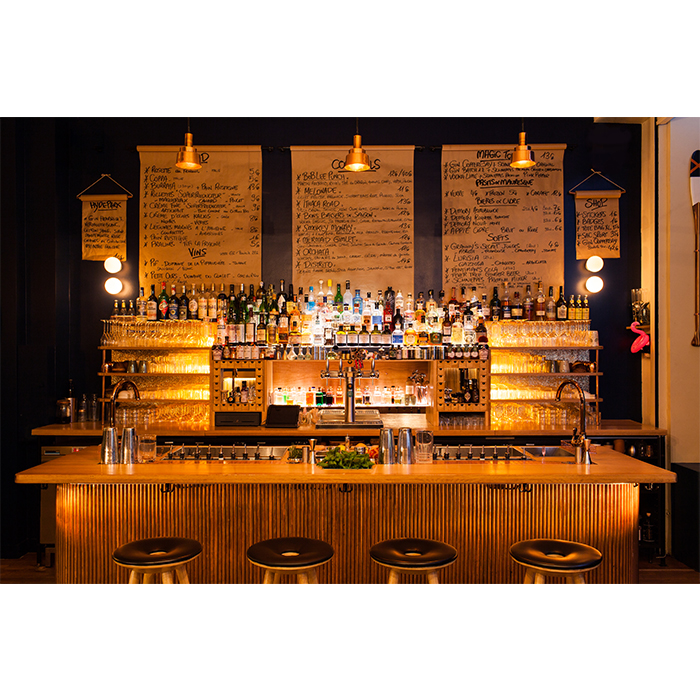
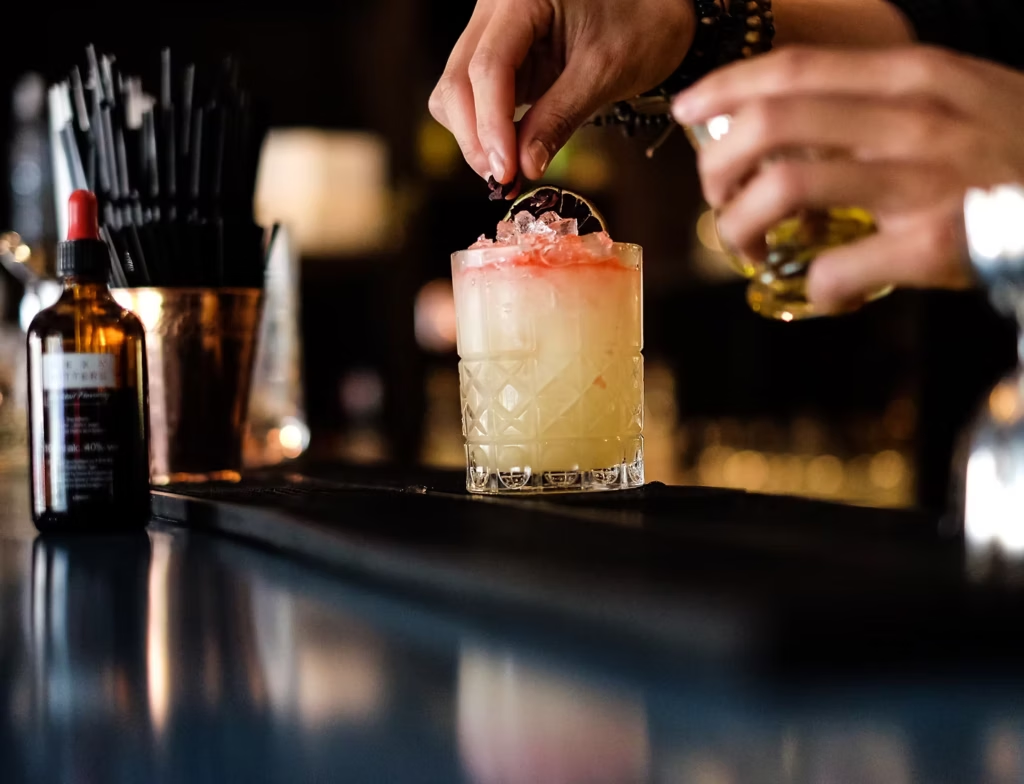
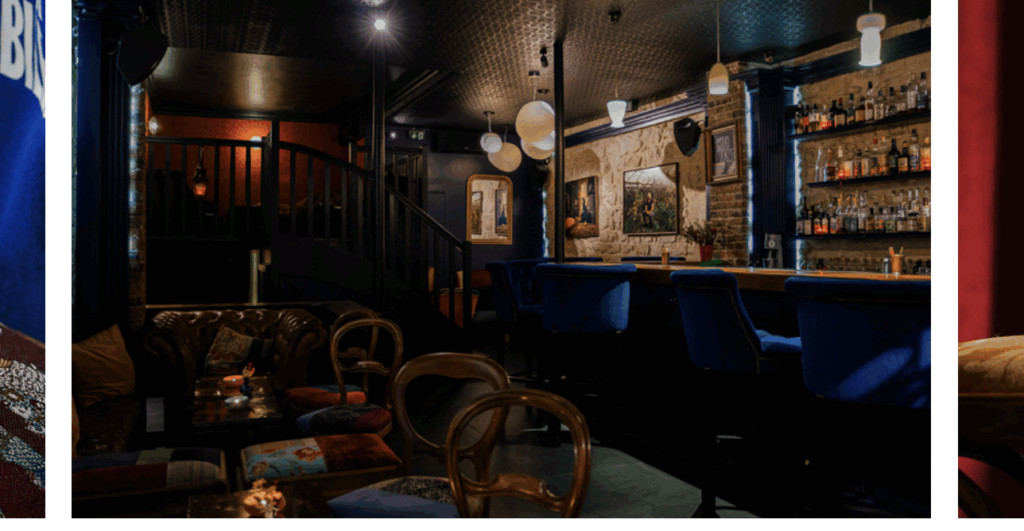
5. Five cocktails you can recreate at home
There’s no better way to put your mixology knowledge into practice than through experimentation.
Here are five carefully chosen cocktails that let you explore different styles, techniques, and flavour families — from spirit-forward classics to refreshing mocktails.
1. The Reimagined Old Fashioned
Learning focus: mastering the balance between spirit, sweetness, and bitterness
Ingredients:
• 5 cl bourbon or rye whiskey
• A dash of brown sugar syrup
• 2 dashes aromatic bitters (Angostura or homemade)
• Orange zest
Technique: stirring in a mixing glass
Tasting tip: perfect as a post-dinner drink to explore the aromatic persistence of aged spirits.
Want to learn everything about whiskey? Read our dedicated article on its production, styles, and best pairings.
2. Southern Cocktail – “Mediterranean Spirit”
A Weeno Marseille signature: freshness, salinity, and citrus balance
Ingredients:
• 4 cl Mediterranean gin (olive or herbal profile)
• 2 cl limoncello
• Premium tonic water
• Green olive + rosemary sprig
Technique: build directly in a highball glass
Tasting tip: ideal for aperitif; adjust the bitterness by choosing your tonic carefully.
3. Modern Tropical – The Twisted Singapore Sling
Objective: achieving complexity and balance inspired by Asia’s modern cocktail scene
Ingredients:
• 4 cl gin
• 1 cl cherry liqueur
• 6 cl fresh pineapple juice
• 1 cl lemon juice
• A dash of bitters or absinthe for depth
Technique: shake with ice and fine-strain into a chilled glass
Tasting tip: use fresh pineapple juice for a smoother texture and longer aromatic finish.
4. New Wave Spritz
Learning focus: mastering dilution and effervescence
Ingredients:
• 5 cl dry white vermouth
• 5 cl Prosecco or brut sparkling wine
• 2 cl soda water
• Grapefruit slice
Technique: build in a balloon glass over large ice cubes
Tasting tip: serve immediately to preserve carbonation and freshness.
5. Sophisticated Mocktail – “Zero-Proof, Full Style”
Low/No ABV trend: aromatic creativity without alcohol content
Ingredients:
• 4 cl cold-brew black tea
• 1 cl honey syrup
• 2 cl lemon juice
• Optional: non-alcoholic bitters
• Lemon zest
Technique: shake and serve in a chilled coupe glass
Tasting tip: cold brewing the tea enhances its finesse and smooth tannins for a refined finish.
Why these cocktails matter for your progress
Each of these recipes helps you refine your skills by training:
• a variety of techniques (stirring, building, shaking),
• the concept of balance between sweetness, acidity, and alcohol,
• your understanding of spirit structure and how it interacts within a mix,
• and the presentation and storytelling behind every glass.
They also serve as a solid foundation for anyone developing their own cocktail menu — consistent, expressive, and professionally structured.


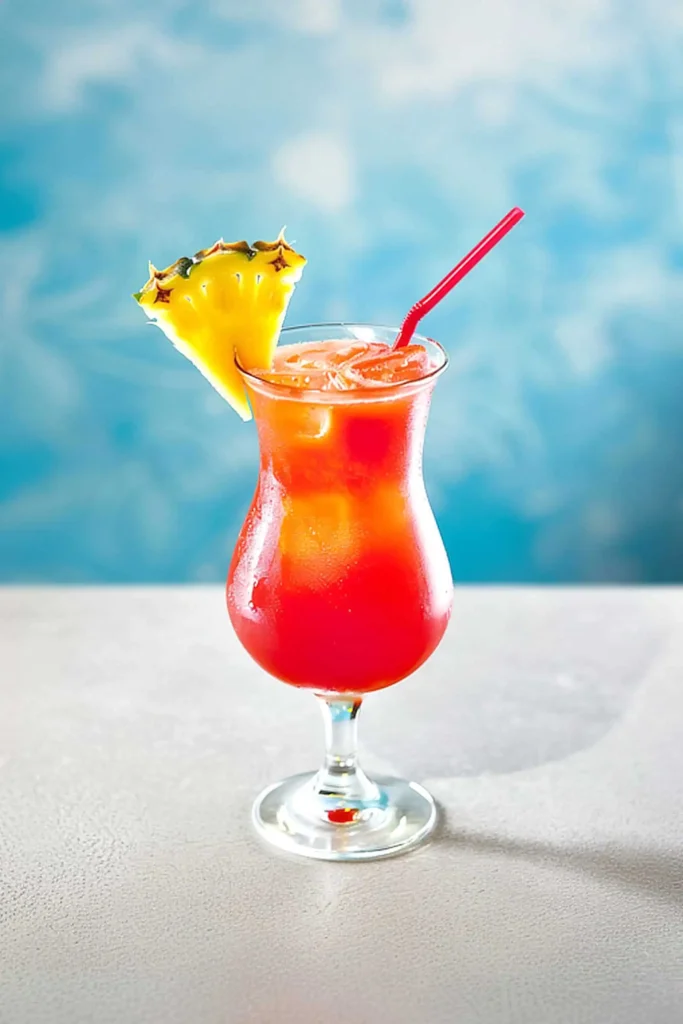
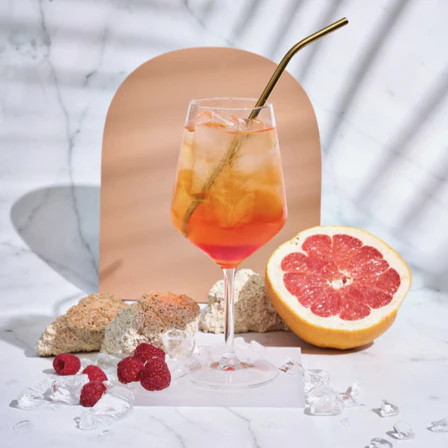
6. Why learn mixology with WSET Spirits
Creating a great cocktail isn’t just about aesthetics or intuition.
It requires a deep understanding of spirits, their aromatic profiles, and how they behave in a blend.
That’s exactly what our professional WSET Spirits courses offer — a structured path to mastering the science behind mixology.
Understanding spirits to elevate your creations
Gin, whisky, rum, tequila, liqueurs… each spirit category has its own structure, aromatic palette, and texture.
Learning to identify and analyze these traits helps you to:
• adjust the balance of sweetness, acidity, and alcohol,
• choose the right technique for each ingredient,
• and build a coherent, expressive cocktail that speaks to the guest’s senses.
The difference between an amateur and a professional
An amateur often focuses on reproducing a recipe.
A professional, however, designs with intention — considering aroma intensity, dilution, persistence, and harmony.
The WSET Spirits qualification teaches the tasting reflexes and decision-making skills essential behind the bar.
You don’t just follow recipes — you understand why they work.
Skills that build careers (and confidence)
Training in spirits gives you the tools to:
• broaden your career opportunities,
• gain an internationally recognized technical vocabulary,
• and strengthen your confidence and credibility with clients and colleagues alike.
Many careers in bars, spirits brands, events, and education begin with this globally respected certification.
Why choosing Weeno
At Weeno, we offer WSET Spirits certifications (Levels 1 to 3):
• in Paris,
• in Marseille,
• and online for maximum flexibility.
Our goal is to combine technical precision with the joy of learning, staying fully aligned with the latest trends in the mixology and spirits industries.
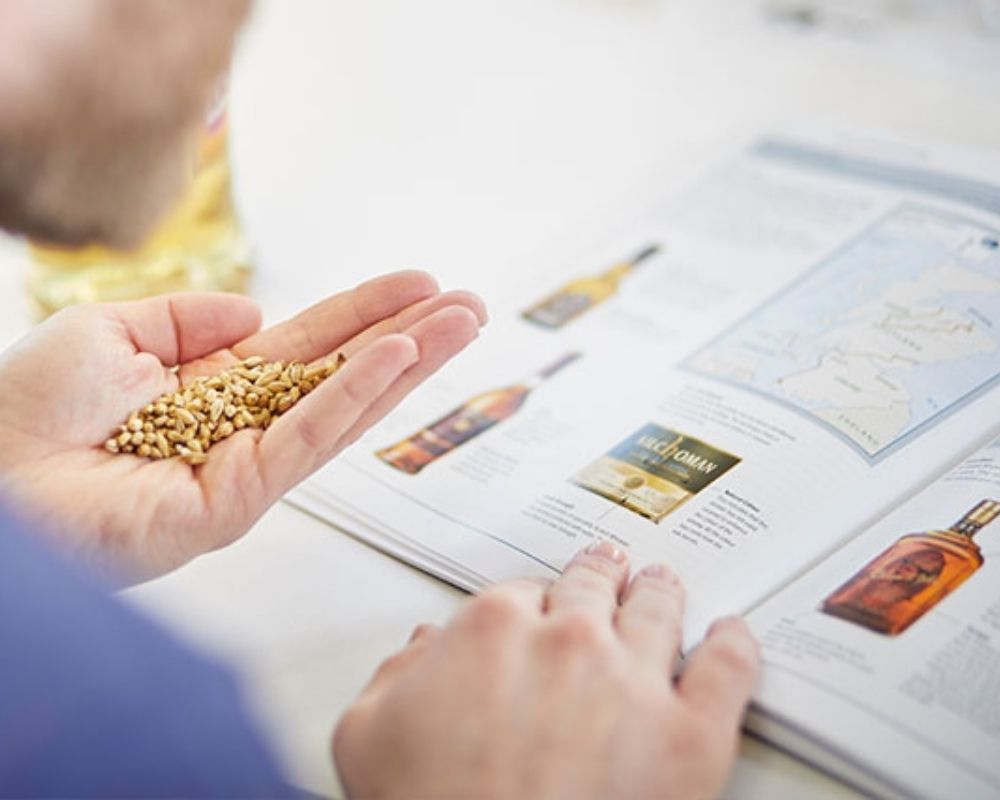
Mixology: a living, cultural and creative art
Far from being a passing trend, mixology has become a true culture of its own — one that evolves, reinvents itself, and grows through new influences, techniques, and the changing tastes of the public.
To understand cocktails is to understand balance, precision, and the story of spirits — but also the creativity and imagination behind every recipe.
Whether you’re a passionate enthusiast or an aspiring professional, the best way to progress is to explore, experiment, and dare.
Every mix is an opportunity to learn, refine your palate, and express your craft.
At Weeno, we share this expertise with both rigor and passion, through our professional WSET Spirits training programs and workshops.
Our mission is to help you master the art of cocktails — in both technique and culture — and transform this passion into a real professional skill.
Ready to Learn Mixology Like a Pro?
Discover our WSET Spirits Courses (Levels 1 to 3) — internationally recognized qualifications designed to deepen your knowledge of spirits and mixology.
We also offer Professional English for the Spirits Industry courses (Levels 1 to 3), CLOE or LTE certified, and CPF-eligible — so you can grow your expertise and confidence in both craft and communication. Upon completion, you’ll have the opportunity to take the official WSET examinations independently.
